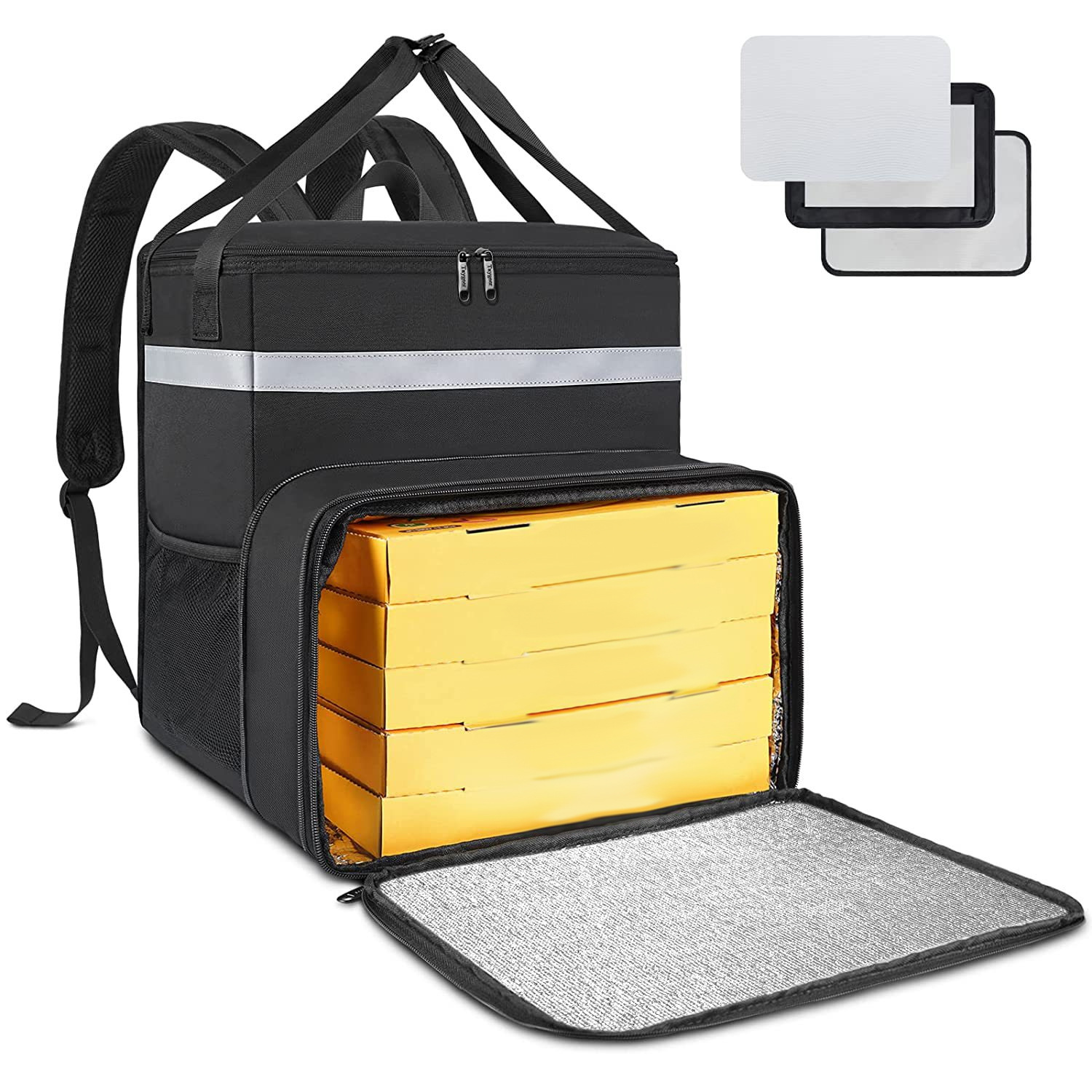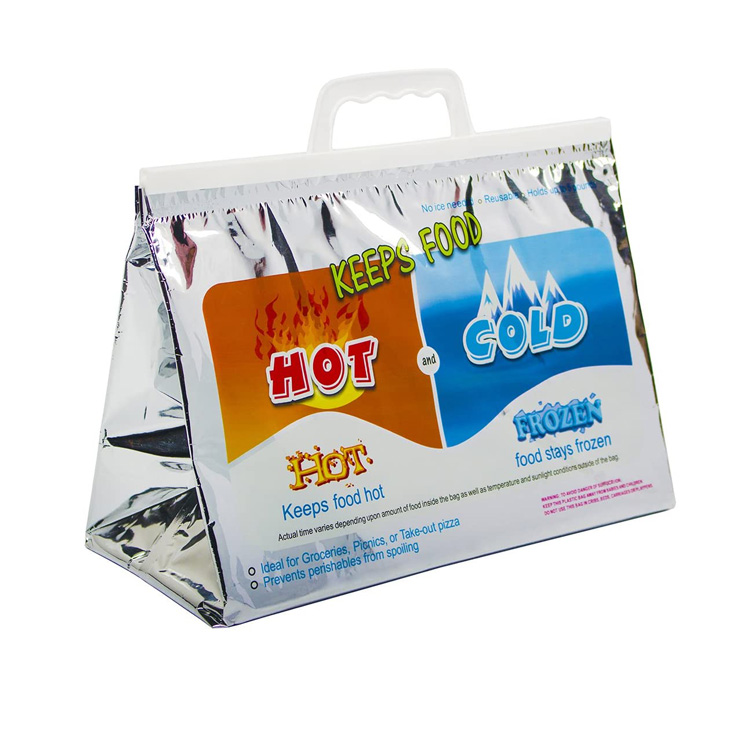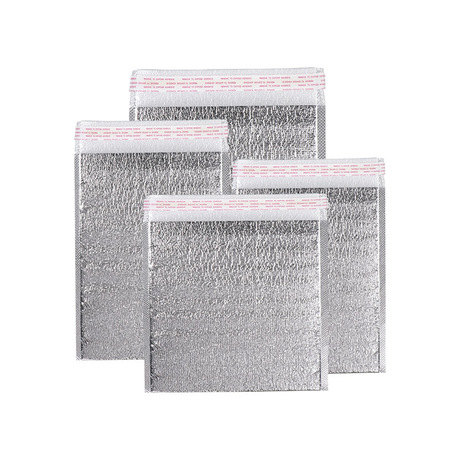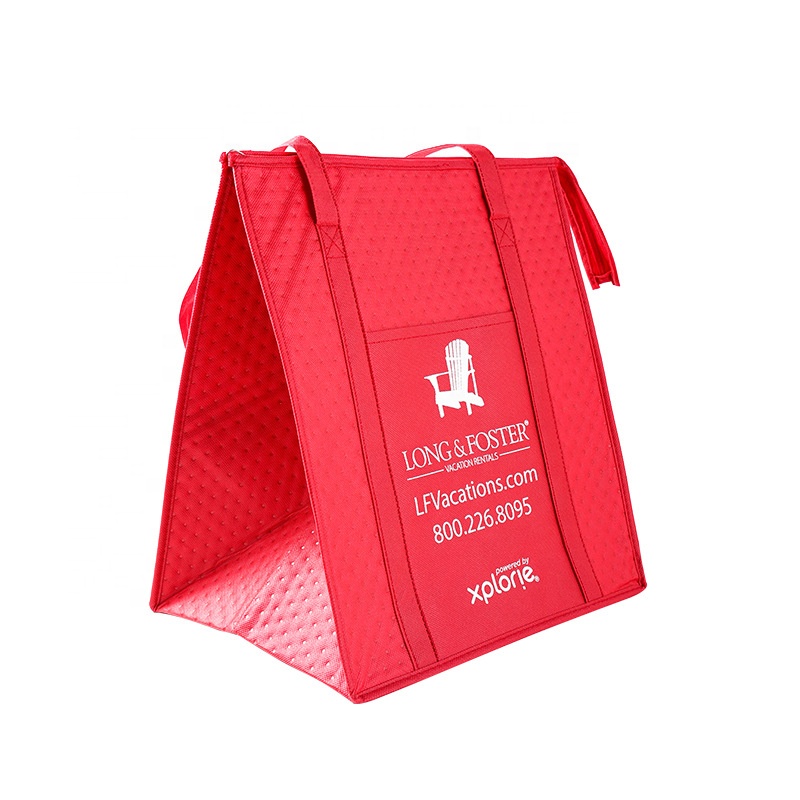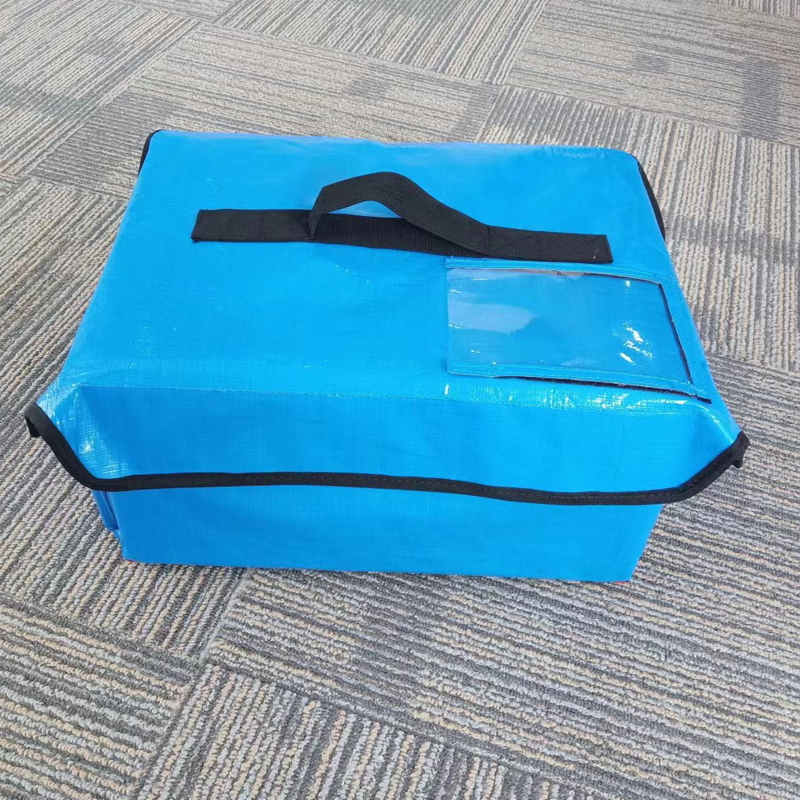As global e-commerce and cold chain logistics surge, the significance of temperature-controlled packaging solutions in the transportation sector has become increasingly prominent. Both Hydrate Dry Ice Packs و Gel Packs play pivotal roles in cold chain logistics, ensuring temperature-sensitive products—such as food, الأدوية, and biologics—maintain stable conditions during transit.

The Advantages of Dry Ice Packs
Dry Ice Packs are indispensable in ultra-low-temperature cold chain logistics. Their core strength lies in their superior cooling capacity, particularly suited for products requiring stringent sub-zero temperature maintenance. Hydrate Dry Ice Packs, activated by water absorption and subsequent freezing, deliver prolonged cooling performance, effectively preserving product integrity during extended shipping periods.
Key Features of Dry Ice Packs:
- Extended Cooling Duration: Outperforming conventional ice packs, Dry Ice Packs provide sustained thermal retention, making them ideal for perishable foods and biopharmaceutical shipments.
- Sub-Zero Stability: Engineered with advanced phase-change technology, Hydrate Dry Ice Packs maintain temperatures at -18°C or lower, safeguarding sensitive cargo like vaccines and pharmaceuticals from thermal fluctuations.
- Compact Design: Their space-efficient structure suits high-density packaging needs, excelling in scenarios requiring transport of seafood, لحمة, and frozen goods.
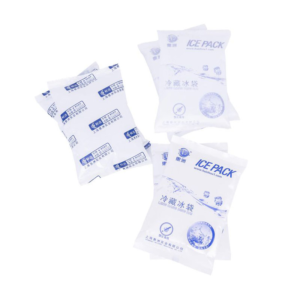
Gel Packs: A Reliable Refrigerated Solution
Gel Packs, another cornerstone of cold chain logistics, rely on thermoregulatory gel matrices to maintain stable temperatures. Designed for applications requiring a range of 4°C to -18°C, they are widely deployed in food, الأدوية, and medical device transportation.
Key Attributes of Gel Packs:
- Adaptability: Gel Packs offer temperature consistency across diverse shipping environments, ideal for long-haul transport of temperature-sensitive goods.
- Leak-Resistant Flexibility: Their compact, non-toxic gel formulation minimizes spill risks and fits seamlessly into limited packaging spaces.
- Thermal Efficiency: High thermal conductivity buffers against ambient temperature variations, ensuring product stability during transit.
Synergistic Use of Dry Ice Packs and Gel Packs
In complex cold chain scenarios, combining Dry Ice Packs and Gel Packs can optimize temperature control. على سبيل المثال, pairing Dry Ice Packs (for ultra-low-temperature biologics) with Gel Packs (for refrigerated foods) achieves a balanced thermal gradient, addressing dual temperature requirements within a single shipment.
خاتمة
Whether safeguarding food, الأدوية, or other temperature-critical products, Hydrate Dry Ice Packs و Gel Packs are indispensable tools in modern cold chain logistics. Their ability to maintain precise thermal thresholds ensures product quality and safety throughout the supply chain. By strategically selecting and integrating these solutions, businesses can overcome intricate cold chain challenges, meet regulatory compliance, and deliver on customer expectations.
As the industry evolves, understanding the technical nuances of sublimation rates (for dry ice) و phase-change efficiency (for gel packs) will empower stakeholders to design robust, cost-effective cold chain strategies tailored to their unique needs.







